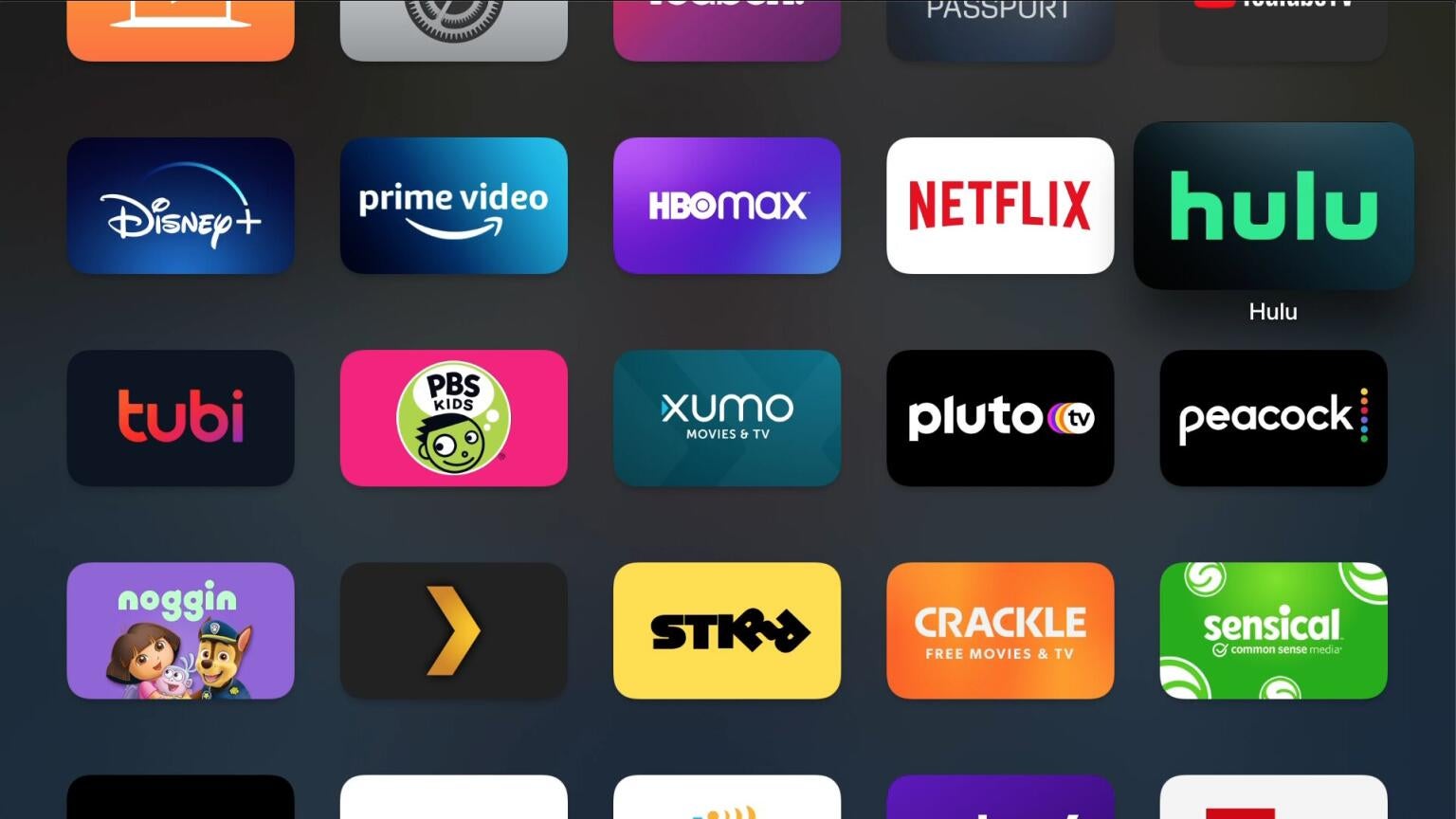
Ad-supported streaming helps keep several services free to use. From Tubi to Pluto TV and beyond, those occasional ad breaks mean that substantial libraries of content will be available for viewing any time, day or night. A new report from Morning Consult, though, suggests that services may want to reconsider their ad mixes, as well as how they’re presented.
Undoubtedly, advertisers love ad targeting capabilities for helping to ensure the best results from the advertising presented. While content providers are a bit less happy, the viewers are even less so. The study found that 44 percent of respondents believed there were just too many ads on ad-supported television streaming in general. That’s bad enough news for advertisers—too many ads encourage people to find workarounds or just tune out—but the news gets worse for advertisers from there.

The chart above illustrates how respondents feel about the ad mix on streaming television. Virtually no one believes that there should be more advertising; only Millennials have any significant support for more advertising, and even that’s just a slim seven percent. That compares to one percent of Baby Boomers, one percent of Gen X, and two percent of Gen Z.
Much larger segments believe that there are too many ads in place as things stand. Even Millennials can pull a plurality on that point; 44 percent of them agree there are too many ads. Meanwhile, 41 percent of Baby Boomers, 45 percent of Gen X, and a full majority of 51 percent of Gen Z can agree. One of the biggest reasons for discrepancy comes from the “don’t know / no opinion” category. Millennials have an opinion on the matter one way or another in much larger numbers than every other category. The cohort of Millennials without an opinion is less than half the size of the next closest group.

Targeted advertising is also producing some strange results. Fully 64 percent of the survey finds targeted advertising “invasive.” Yet at the same time, 57 percent considers targeted advertising to be “informative.” It gets weirder: 52 percent find targeted ads to be “creepy” while 50 percent call them “helpful.” Essentially, targeted advertising bothers a lot of people, and plenty get a cold chill at how much the ads seem to know about them. Yet the bother is balanced out by the value of the information, which is considered useful in several ways.
Some of that, especially for the older groups, can likely be traced back to the concept of advertising targeting itself. Remember, Baby Boomers and Gen X grew up with advertising that was just broadcast. You’d get irrelevant ads right alongside relevant ones. Advertisers just paid their money and took their chances; today it’s a much different package. The fact that advertising today understands more about the viewer carries with it a disconcerting factor. Several technological factors, ranging from limiting total numbers of ads on a certain topic, help reduce the creep factor somewhat.
One thing advertisers have learned from broadcast television is that advertising is somewhat welcome. It’s tolerated as a way to get access to content at no charge; it’s a tradeoff people have been making since the ’50s. I give up a bit of time to let you try and sell me stuff, you give me tonight’s episode of “Mister Ed” or whatever. As the technology improved, so too did advertising. Ads, using our internet histories and the like, learned what we wanted them to talk about, and presented that content accordingly.
This is where the strange dichotomy kicks in; targeted advertising has to learn about its viewer in order to present the most relevant advertising. That means the ad effectively has to know something about us. Most—as you could see from the Morning Consult study—would rather that not be the case. For decades, advertising was an anonymous, scattergun concept. You’d sit through ads about Chevy trucks when you were a Ford man since you were old enough to drive. You’d plod your way through ads for Downy dryer sheets when you’d been using Snuggle for years and you were perfectly happy with the results. Today, ads know where we live. While that does mean helpful and informative ads that know what we like and use, it also means that the ads know more about us than some of our own closest friends do.
Is it really just a matter of getting used to it? The numbers from Millennials and Gen Z suggest that may be the case—they seem less creeped out than Baby Boomers and Gen X do—but even there, there are signs that targeted advertising may not be so well-received. Advertisers would do well to learn these lessons; accept less targeting and less presence in general or risk a whole new generation of ad blockers, time skippers, and workarounds emerging to make a marketing investment worth much less.
Related: Best Free Streaming Services